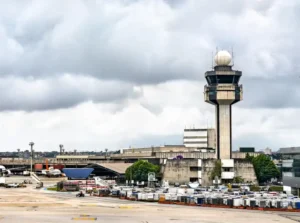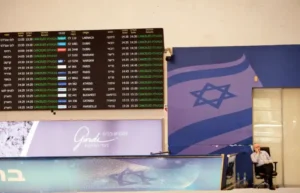Changi Ramps Up Drone Detection Before 2027 Runway Debut
Changi Airport is upgrading its drone detection system with enhanced video analytics ahead of its third runway launch in late 2027, aiming to boost safety and prevent disruptions from unauthorized unmanned aircraft.

Photo Source: Enterprise Singapore
Singapore is stepping up its airspace security as preparations intensify for Changi Airport’s upcoming third runway, expected to be operational in the fourth quarter of 2027. The Civil Aviation Authority of Singapore (CAAS) has announced plans for a state-of-the-art video surveillance and analytics system to detect and track drones in and around the airport’s perimeter.
This advanced system, outlined in a recent government tender, will leverage electro-optic and infrared sensors capable of identifying drones as small as 0.3m by 0.3m, even in total darkness. It will provide detailed tracking, 360-degree situational awareness, and maintain a historical trail of drone activity—crucial for both prevention and response efforts.
The rollout will occur in two phases. Initially, surveillance will cover the airport’s current two-runway system and be monitored from the Singapore Air Traffic Control Centre and Bedok Non-Directional Beacon Building. Once the third runway is launched, additional monitoring sites will be activated.
With around 40km of new taxiways under construction, the three-runway system is part of the wider Changi East development, which includes the massive Terminal 5 project aimed at handling up to 50 million additional passengers annually. This expansion complements the airport’s existing capacity of 90 million passengers.
Drone-related flight disruptions in 2019 and multiple arrests in 2020 have underscored the urgency of tighter control. The new surveillance system is designed not only to enhance detection but also allow integration with other systems and future upgrades—ensuring a more secure and resilient airspace.
Flying drones within 5km of airports remains strictly prohibited without a permit, with offenders facing fines up to $20,000 or imprisonment.






